Normal Upper & Lowercase Letters Worksheets for Ages 6-9 - Page 2
43 filtered results
-
From - To


Find Uppercase Letters A, B, and C Worksheet
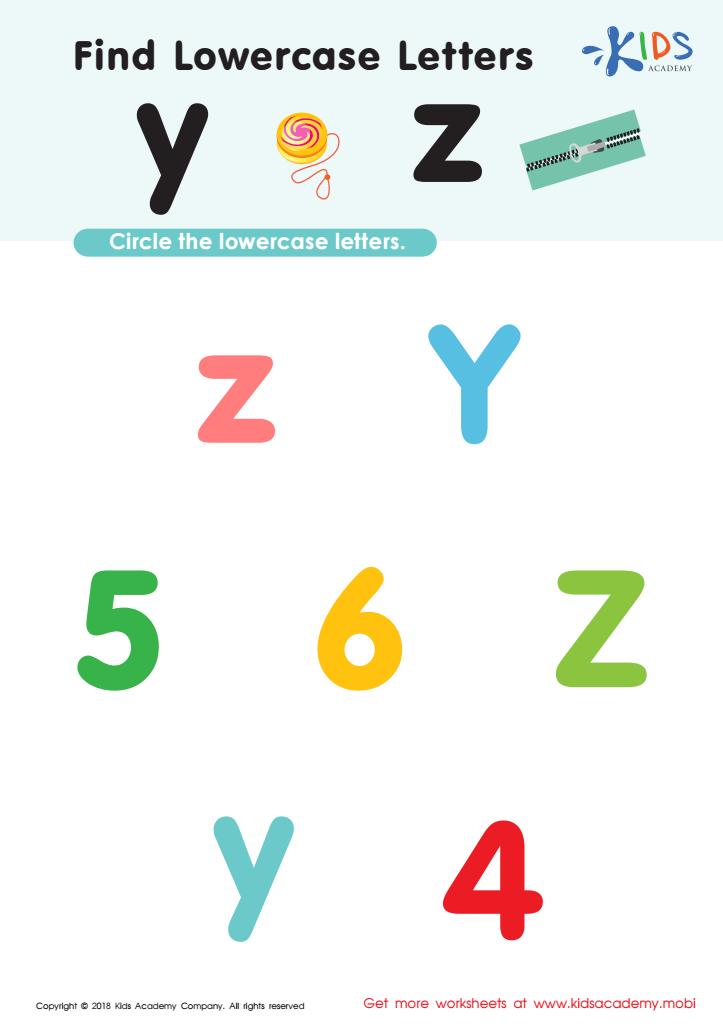

Find Lowercase Letters y z Worksheet
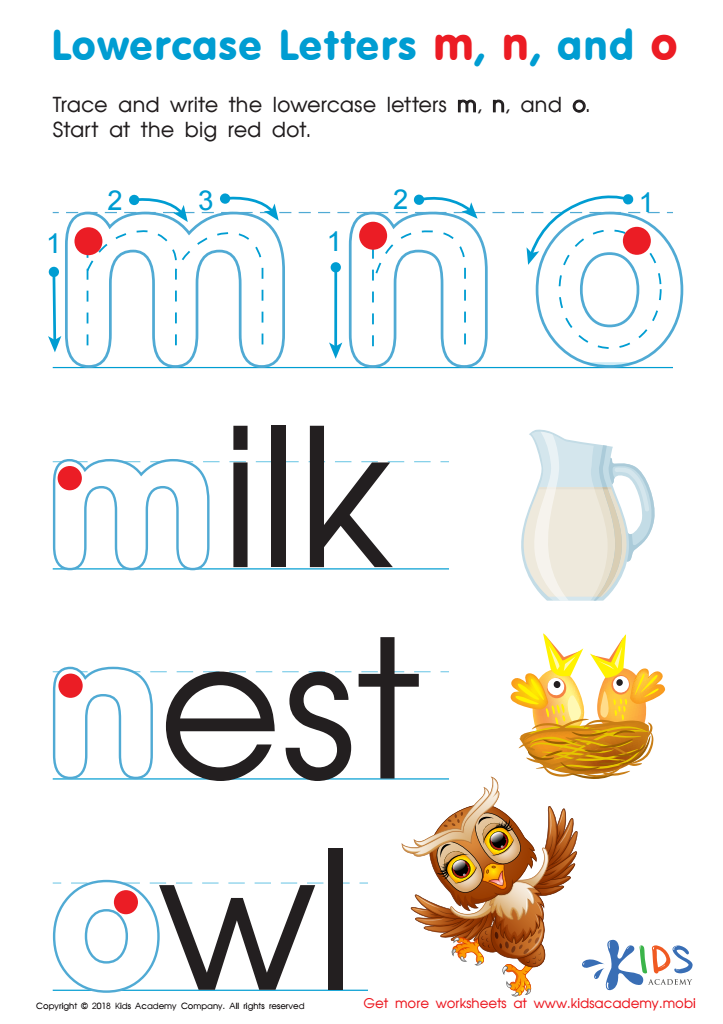

Lowercase Letters m n o Worksheet


Find Uppercase Letters V, W, X Worksheet
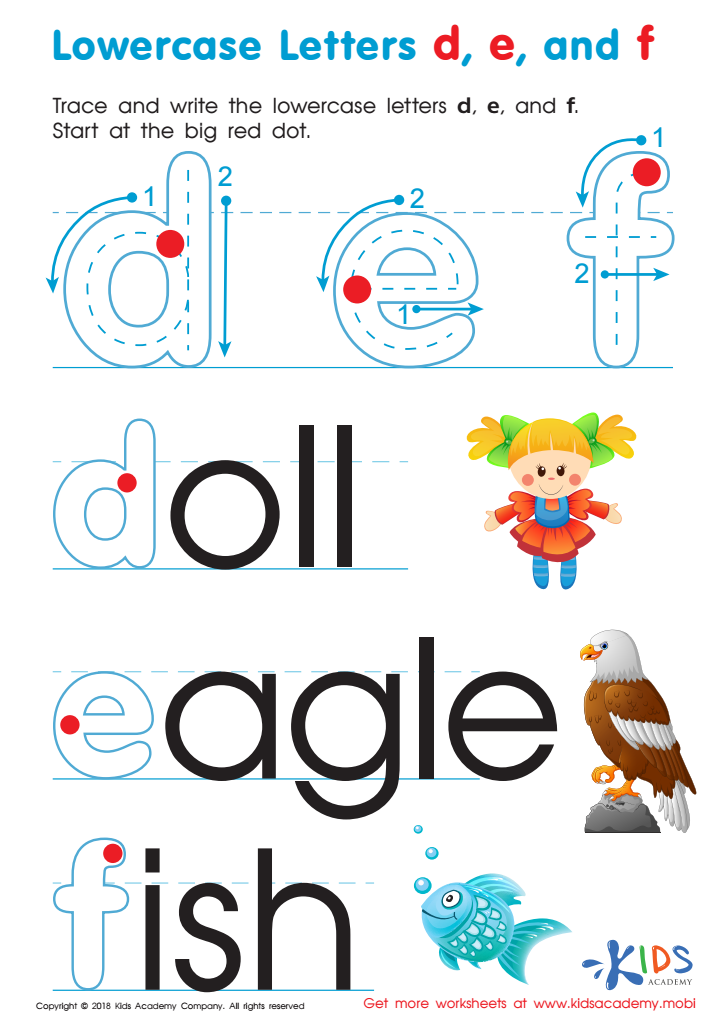

Lowercase Letters d e f Worksheet


Uppercase Letters P, Q, and R Worksheet
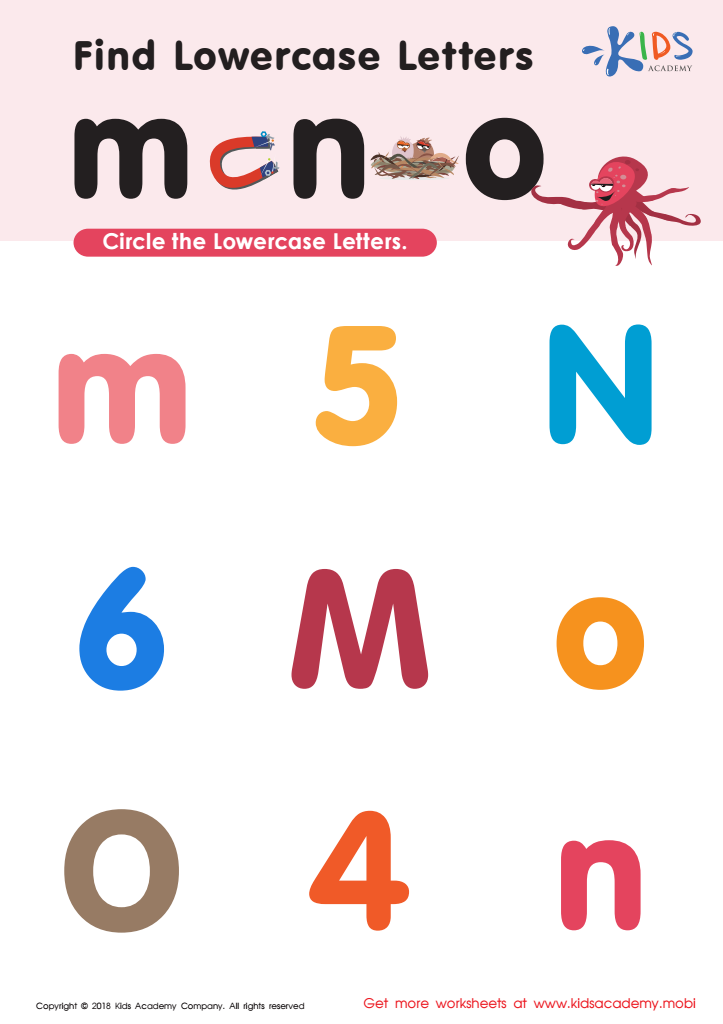

Find Lowercase Letters m n o Worksheet
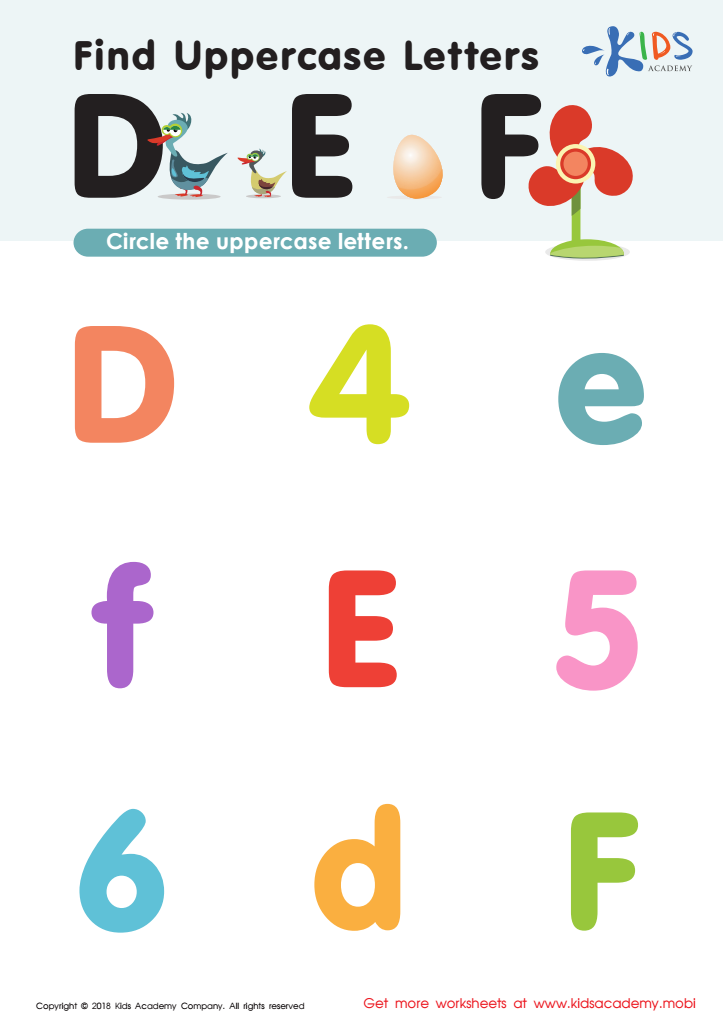

Find Uppercase Letters D, E, and F Worksheet
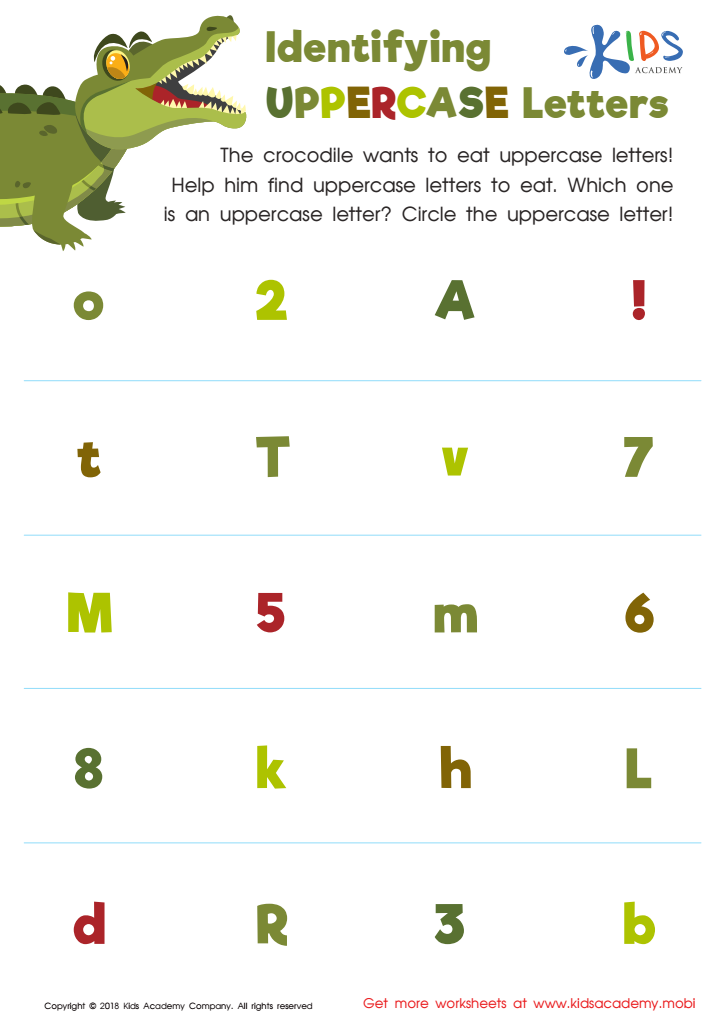

Identifying Uppercase Letters Worksheet
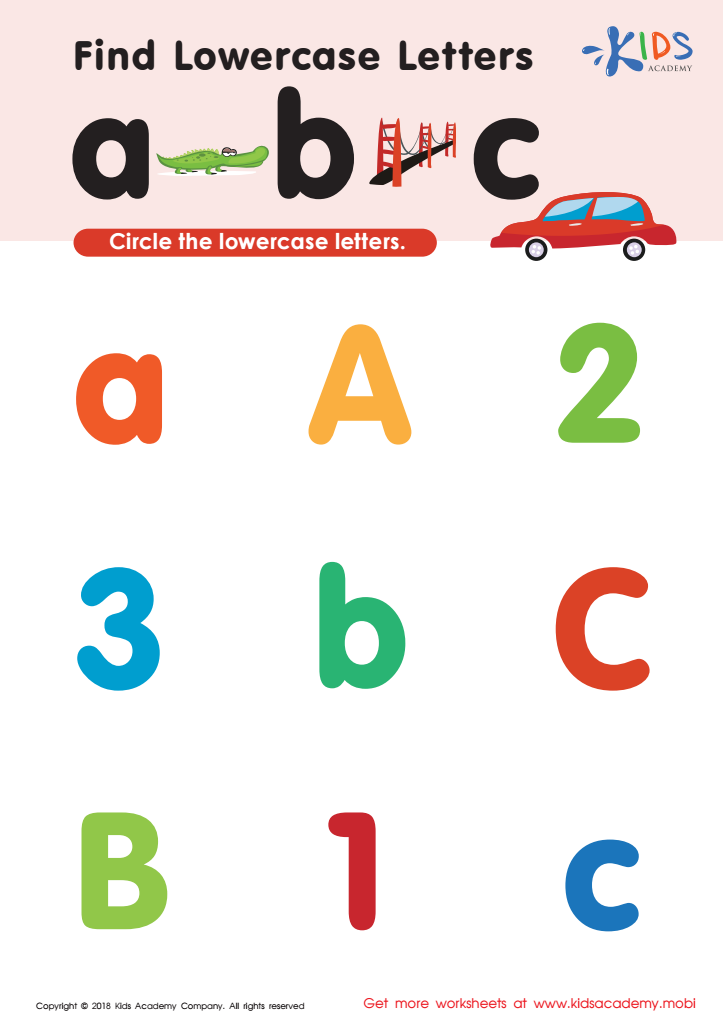

Find lowercase letters a b c Worksheet
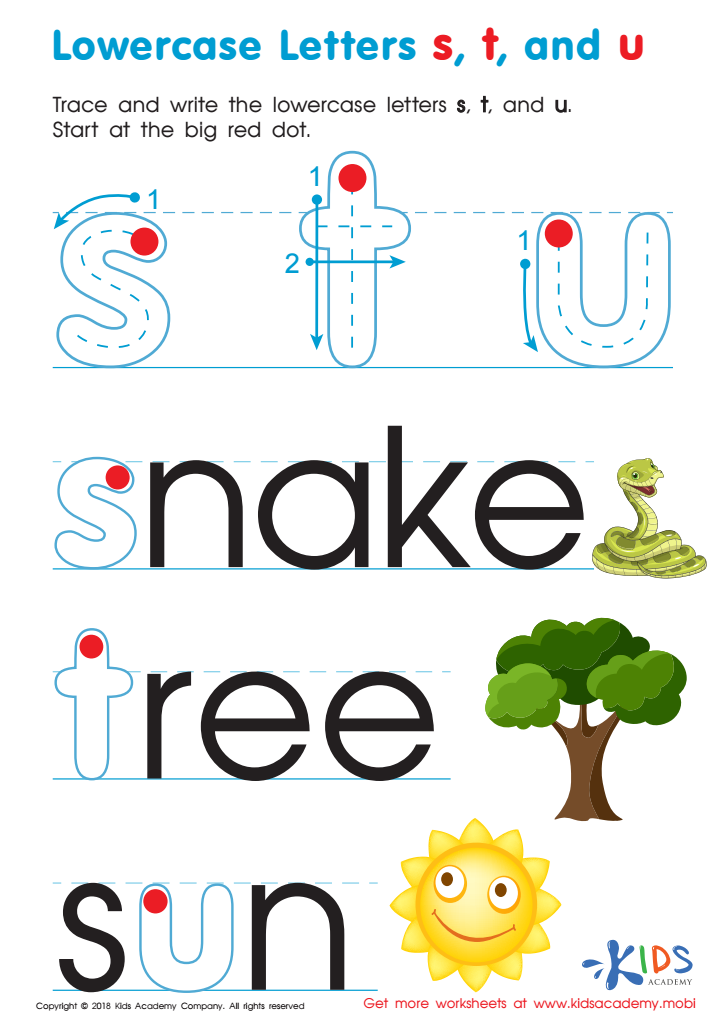

Lowercase Letters s t u Worksheet
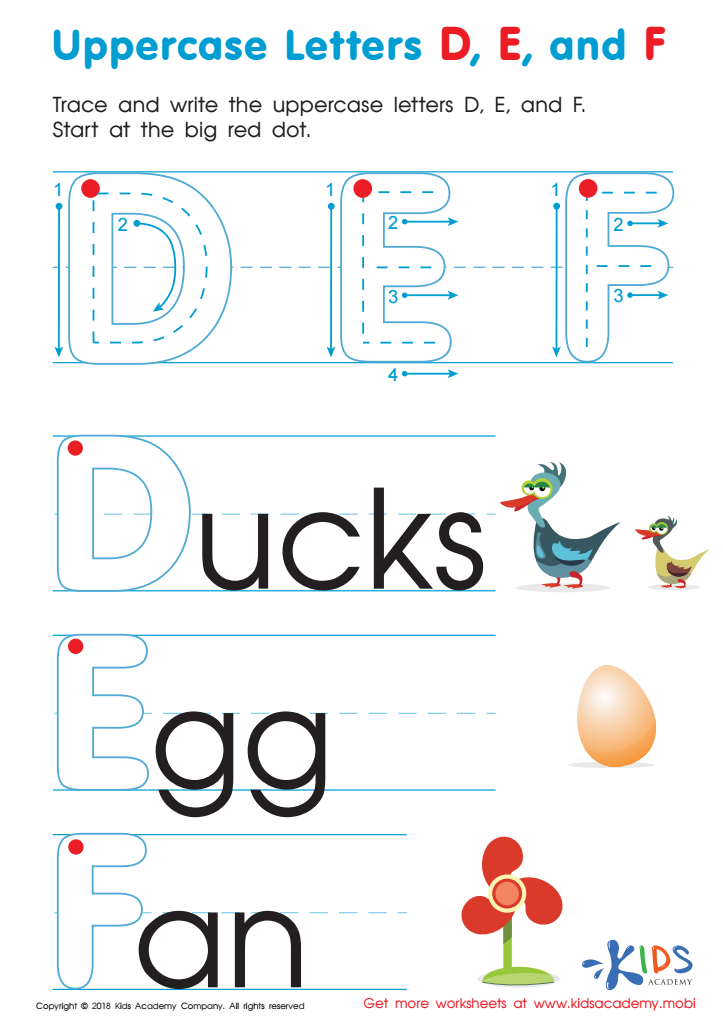

Uppercase Letters D, E, and F Worksheet
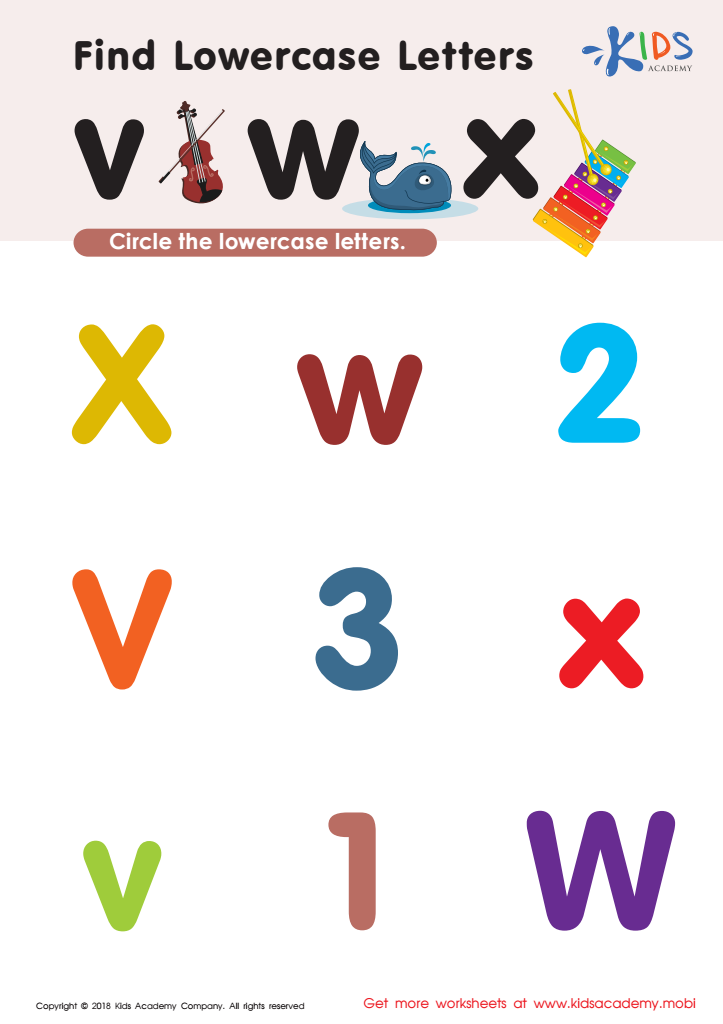

Find Lowercase Letters v w x Worksheet
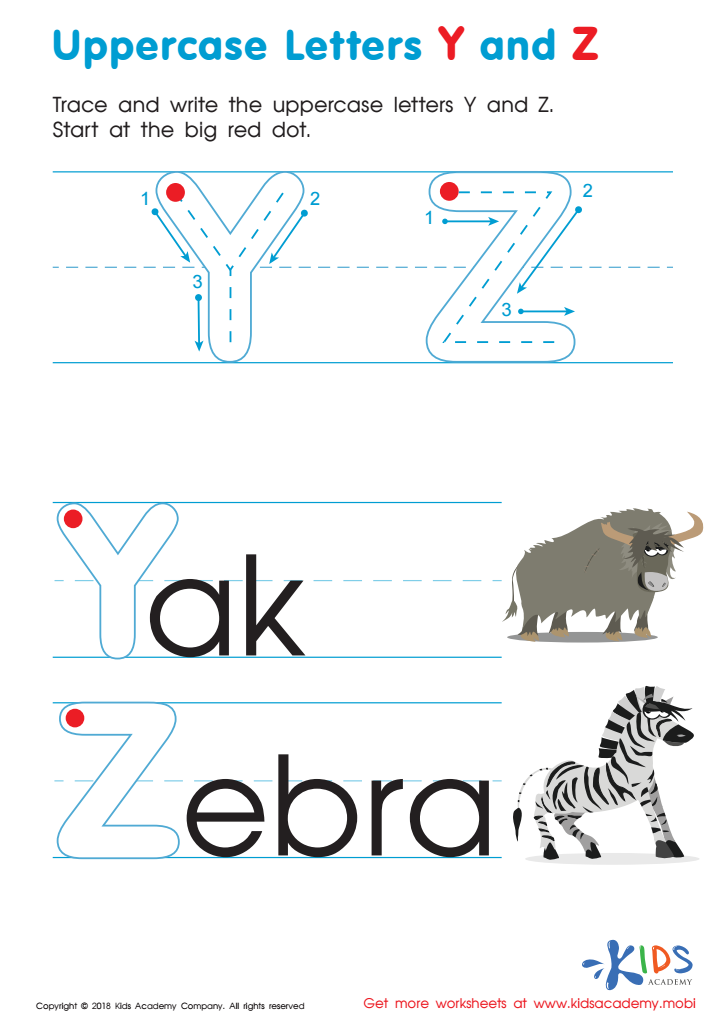

Uppercase Letters Y Z Worksheet
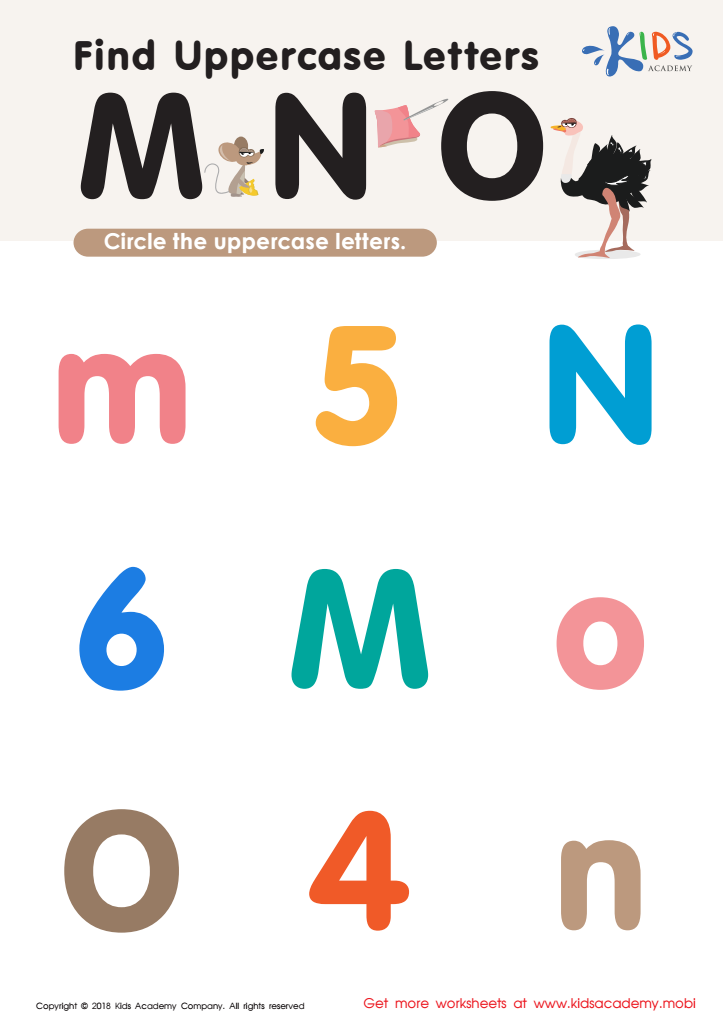

Find Uppercase Letters M, N, and O Worksheet
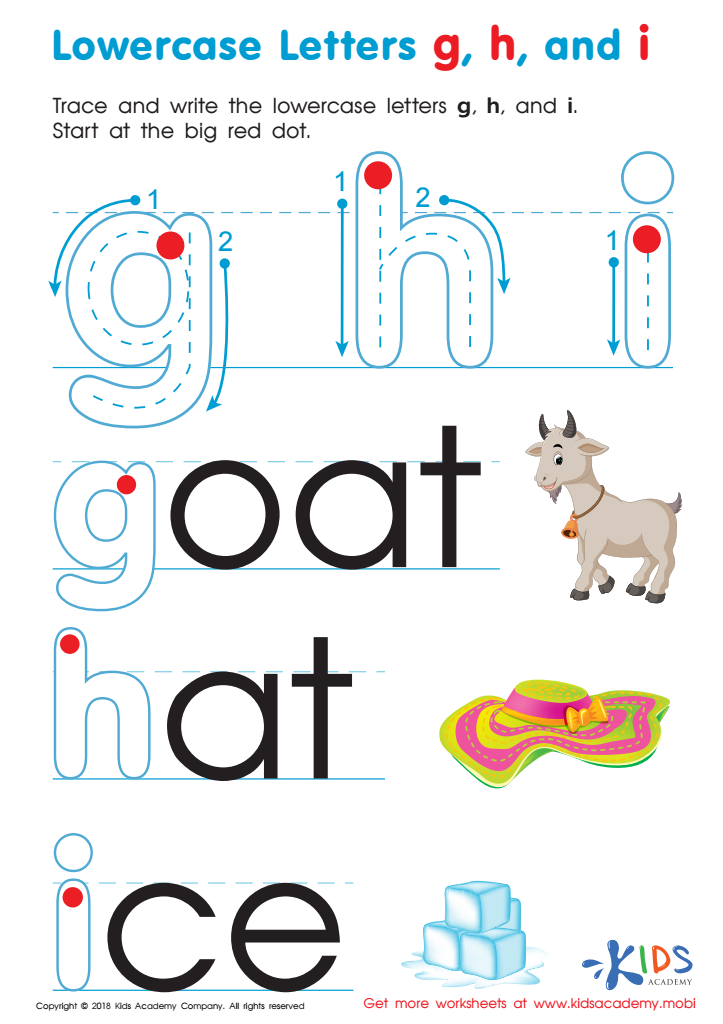

Lowercase Letters g h i Worksheet
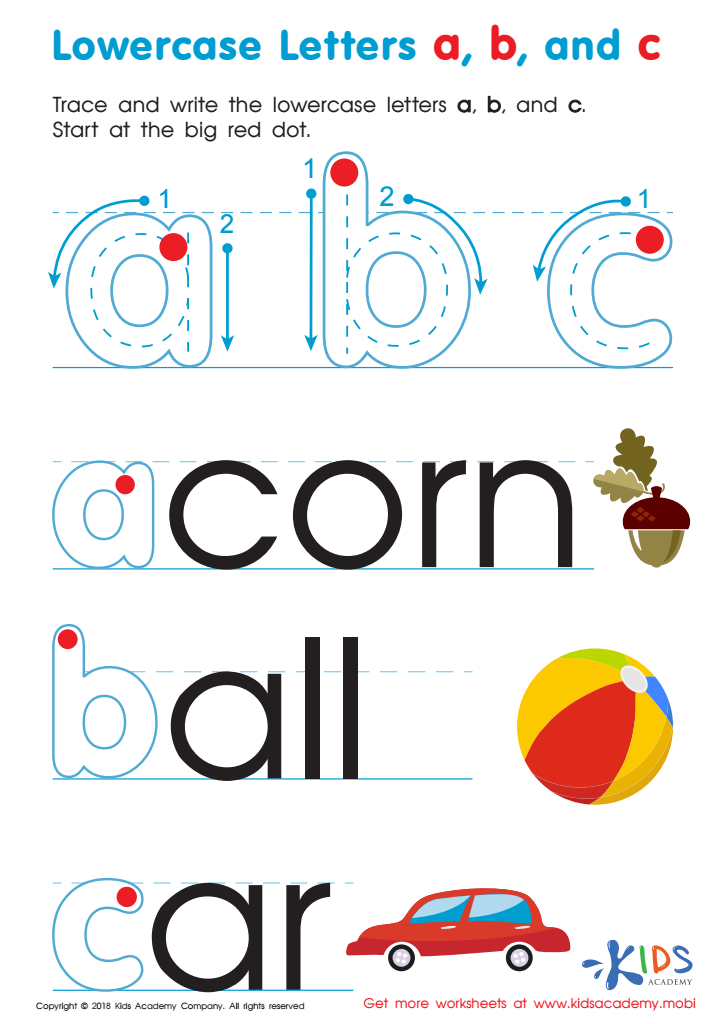

Lowercase Letters a b c Worksheet
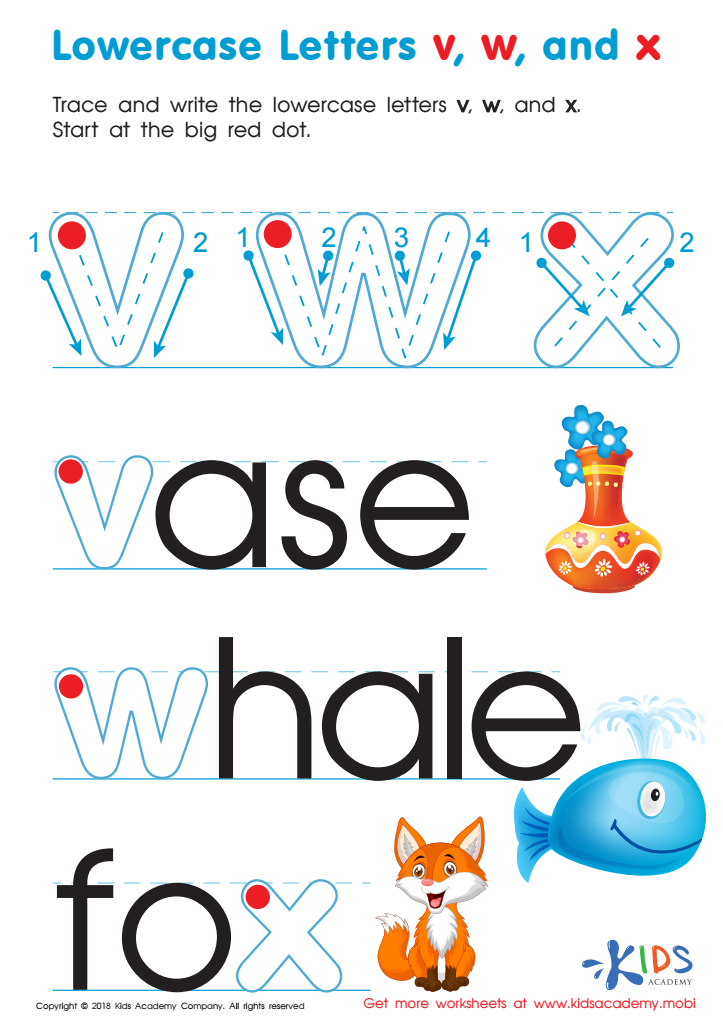

Lowercase Letters v w x Worksheet
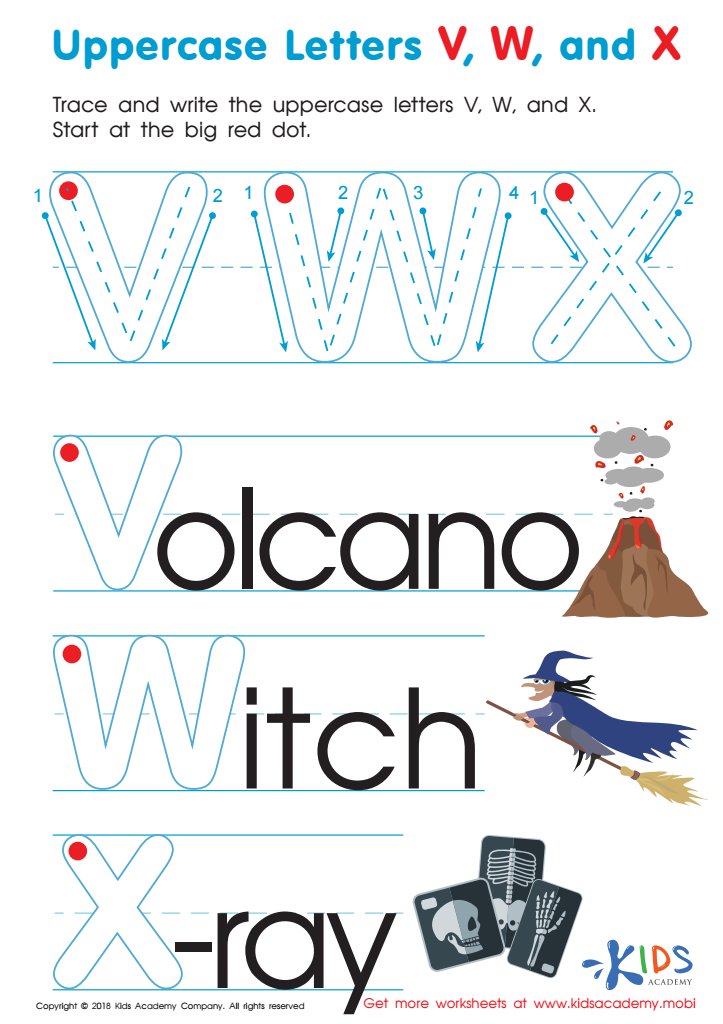

Uppercase Letters V, W, and X Worksheet
Parents and teachers play a crucial role in fostering early literacy skills, and understanding normal upper and lowercase letters is fundamental to this development for children aged 6-9. At this stage, children are often transitioning from learning letter recognition to fluency in reading and writing. Familiarity with uppercase and lowercase letters enhances their ability to read simple texts and understand word structure, which is essential for effective communication.
Proper instruction regarding these letters not only aids in literacy but also contributes to a child’s overall confidence as they tackle more complex reading materials. Learning the correct usage of uppercase letters, primarily at the beginning of sentences and proper nouns, is vital for grammar and writing clarity. Conversely, lowercase letters comprise the majority of written language, making their mastery essential.
Additionally, identifying letters and their sounds builds phonemic awareness, a critical skill for decoding words. Engaging with different aspects of letters, such as engaging in letter formation games or integrating them into creative writing exercises, nurtures an early love for language. When parents and teachers prioritize these aspects, they lay a strong foundation for a child's lifelong learning journey, enabling successful communication and comprehension skills in the future.
 Assign to My Students
Assign to My Students












